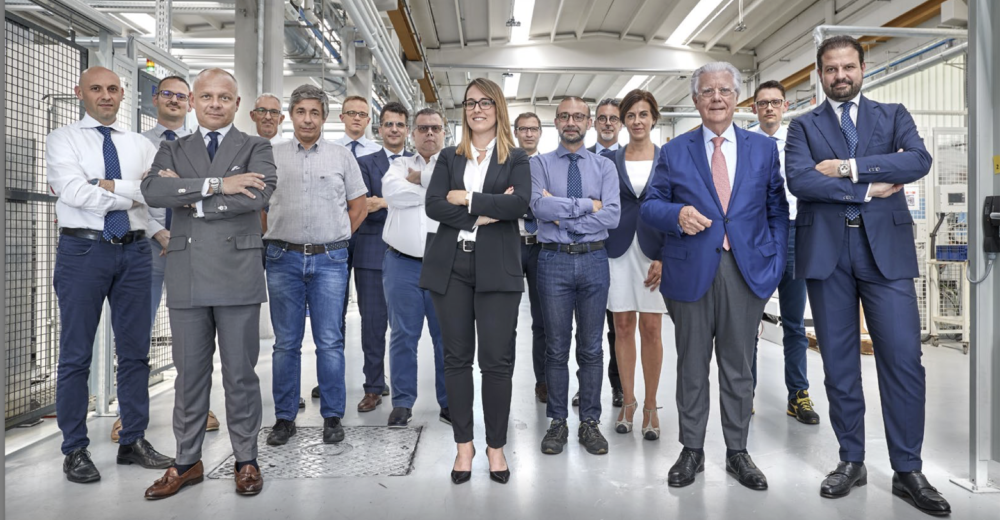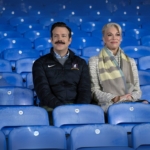4 practical tips for High Impact Innovation
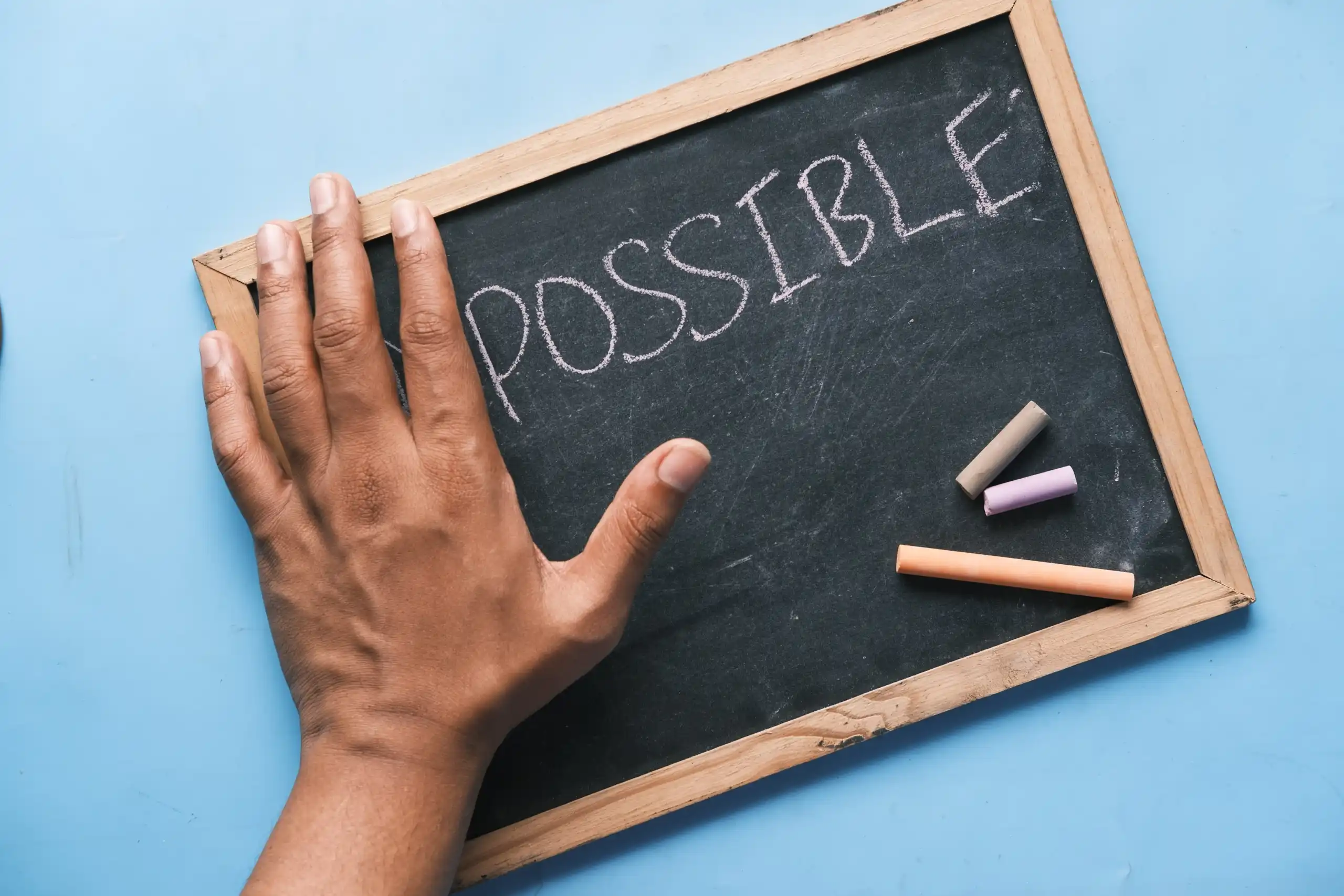
Indice
Some possible solutions to the innovation paradox
In the previous article we covered the recent research published in the MIT Sloan Management Review – “Toxic Culture Is Driving the Great Resignation” – that innovation is the third factor in the difficulty of retaining employees.
The research argument clashes with the common view that more innovative companies are better able to attract and retain talent.
To find the square of this paradox – according to which a greater innovatively of the companies, may correspond to a lower attractiveness of the companies and higher rates of resignation compared to less “aggressive” market players – as we have seen in the previous article, it is necessary to raise awareness of the need to create an environment where innovation is stimulating and enriching, something that attracts talent and encourages them to stay.
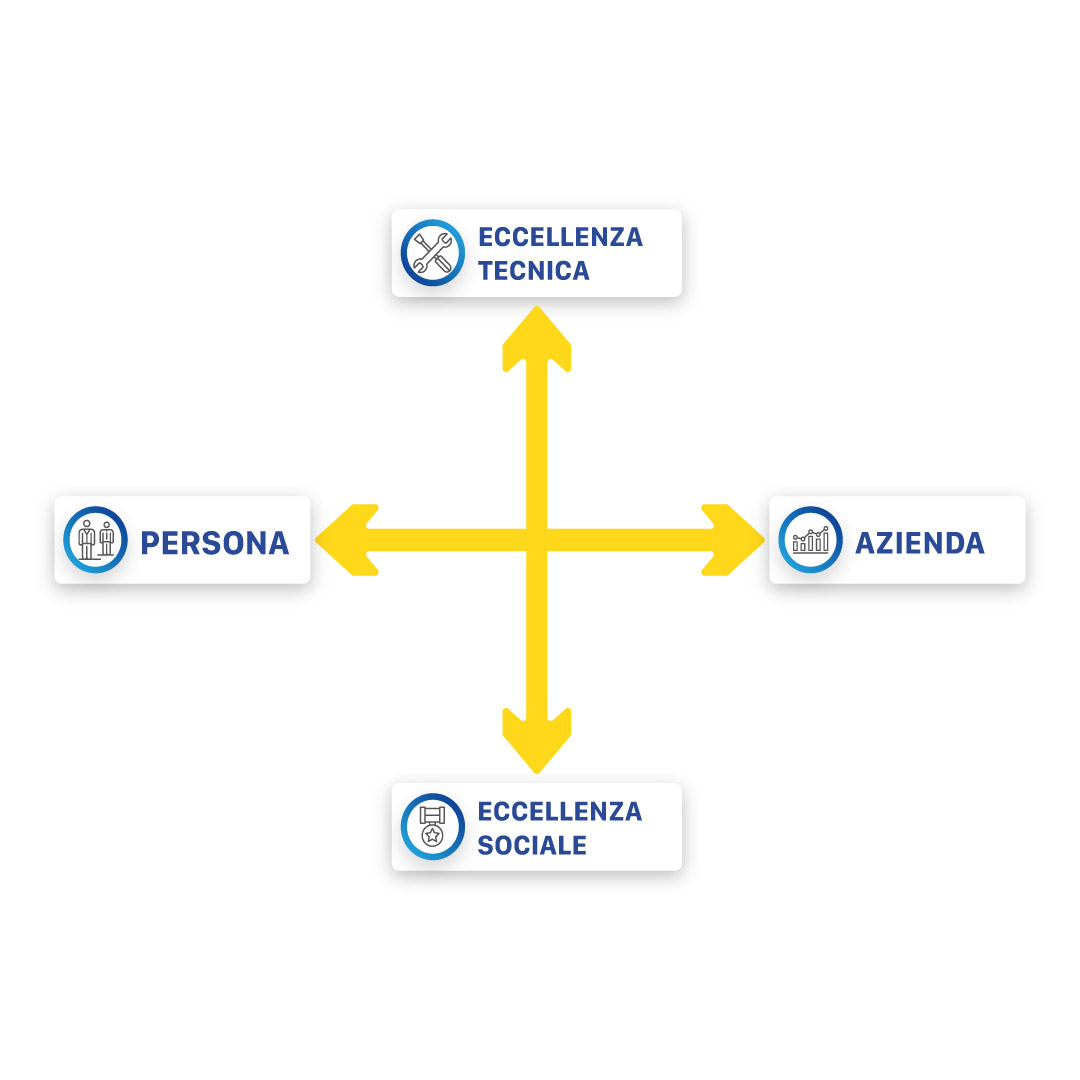
Let’s see now 4 practical tips to balance the elements of the 4 quadrants and solve the trade-off between great innovative performance and the ability to attract, and above all keep, the company’s talents.
1. Give the right degree of autonomy (Company System | Social Excellence)
High innovation performance – and a good degree of satisfaction – contrast with the slowness and bureaucracy typical of business decision-making processes. To create an environment that fosters innovation and stimulates positive energy in people, it is necessary to give the right autonomy to the teams responsible for working on innovation.
There are at least three levels of autonomy to consider:
-
- organization (how to organize activities)
- Choice (which ideas I can work on)
- of resources (such as corporate resources that I already work within the company I can use)
The suggestion is to build multidisciplinary teams, with a representative of the main functions involved in innovation. The team is at predetermined intervals (eg: every Tuesday) with fixed durations (e.g.: 4 hours) and has the autonomy to organize this time in the way it considers most appropriate. The team also has the autonomy to choose the most interesting ideas to work on and develop small prototypes with what is available in the company.
Obviously at some point in the process it is necessary that concepts and prototypes developed from initial ideas are submitted to top management to focus efforts on opportunities of greatest interest to the company, and not to lose the valuable contribution of experience – and market knowledge – that top management can provide.
It is appropriate, therefore, to set specific times for reviewing the progress of innovative proposals with top management.
2. Understand what your customer values (Company System – Technical Excellence)
To generate innovations and simultaneously maintain a high level of people’s energy, it’s necessary to quickly understand if the innovative solution being worked on truly has value for the customer. However, companies usually invest effort and energy in developing solutions that are as complete as possible to test on a large scale to have statistically significant results. Or they spend time and resources in lengthy debates about what is best to develop. This consumes time and people’s energy, generating stress and frustration.
But how is it possible to quickly understand what truly has value for the customer, to develop only what is strictly necessary? As suggested by modern theories related to lean innovation development (see, for example, Eric Ries’ “The Lean Startup: How Today’s Entrepreneurs Use Continuous Innovation to Create Radically Successful Businesses”), it is necessary to anticipate the engagement with the market as much as possible by designing experiments to understand in depth what the customer truly deems relevant.
For example, the first version of the “Airbed & Breakfast” website was a simple web page with a few photos. No complex booking facilities, no advanced payment management functionality. With the minimum investment of time and resources (to minimize the risk of failure), the so-called Minimum Viable Product was developed, that is, the minimum version of the product necessary to test the underlying business hypotheses. The founders of Airbnb were thus able to experiment and test their hypotheses with reduced risks and costs. (Read the story of Airbnb’s origins and the stages of innovation development here)
As a practical suggestion, try answering the following questions:
– What are the areas of uncertainty related to the solution under development? At this stage, focus not on technical issues, but on uncertainties related to the market and what the customer truly deems relevant.
– How can I interact with the customer, at the lowest possible cost, to resolve the main doubts about the solution?
– What are the minimum functionalities to develop to clarify the areas of uncertainty regarding the solution?
3. Developing skills (Individual System – Technical Excellence)
To experiment effectively as a company, it is necessary for the individuals involved in innovation to do their part from a technical perspective, developing specific skills on how to experiment effectively when it comes to innovation, and particularly high-impact innovation. Understanding from the initial stages whether the solution being worked on has actual value for a group of customers is essential to avoid creating a product or service that customers do not want, or that does not effectively solve any real problem.
But how to do this quickly, economically, and effectively? The solution is to develop the Minimum Viable Product (MVP). The MVP is the minimum level of solution that I need to develop to be able to interact with a small number of customers to understand if the solution has value for them.
There are different types of MVP depending on the development phase:
– In the early stages of development, I could use a demo video. In this case, the solution has not yet been developed but is shown and described to the customer in the form of a demo video, perhaps offering the possibility to pre-order the solution (or to leave an email to receive more information about the development) to gauge the customer’s real interest in the solution. This is the case of Dropbox, which collected over 70,000 sign-ups for its waiting list with a demo video.
– In more advanced stages, I could instead use the MVP Core Feature, i.e., develop only the core functionality of my solution to drastically reduce development costs and time. This is the case, for example, of Fresco frigo. The MVP allowed opening the fridge with the app/card/badge but not carrying out any type of transaction. This reduced costs and development time and allowed them to start collecting interesting feedback on the solution.
– Another interesting method is the one called “Wizard of Oz“. In this mode, the solution appears perfectly functional to the customer. All the work behind the scenes is done manually. This solution was used by Zappos when in 1999 they wanted to launch a business related to buying shoes online. Initially, the user could order shoes on the Zappos website, but there were no warehouses or shipping systems. Once the order was received, the founder of Zappos would go and buy the shoe from an official retailer and ship it using existing shipping systems.
Deepening the knowledge of these experimentation methods is part of the individual’s responsibility to develop their technical excellence.
4. Free time for innovation (Individual System – Social Excellence)
One of the biggest problems with innovation in companies is that in 90% of cases, it’s an additional activity on top of people’s regular tasks. To successfully combine innovation with daily activities, while maintaining a high level of well-being, it is necessary to develop our operational excellence, that is, to learn how to eliminate waste from our days. For many years in companies, efforts have been focused on the excellence of processes, products, and organization, but neglecting cultivating in the same way the methods by which people can achieve excellence.
Below are some practical suggestions for freeing up time within your days:
– Plan in slots: Organize activities into slots within which you focus on a single task. Focusing on one task at a time promotes concentration, increases intellectual performance, and reduces feelings of stress. The slot should not exceed 75 minutes, as the human mind rarely manages to be fully concentrated for more than 75 minutes. The practical advice is to divide activities into blocks of a maximum duration of one hour and exclude everything else for that hour.
– Limit interruptions: Interruptions reduce efficiency in carrying out activities, requiring continuous “setups” to switch from one activity to another. It is necessary to identify slots during our day without interruptions generated by emails, phones, and external disturbances. Try to identify even just one slot during your day where you silence your phone and turn off your email. You will realize that one hour of highly concentrated work every day can make a difference!
– Plan for results, not activities: Often, we are used to doing activities simply because we have always done them that way. But are we sure that those activities are truly necessary to achieve the results? And even more so, are we sure that those activities must necessarily be done by us and cannot be delegated to someone else? Planning for results and not for activities leads to thinking differently, to critically analyzing the activities we are used to doing with the aim of identifying the most efficient and effective way to achieve the result.
A matter of balance
To create an environment that is truly conducive to innovation and that can make the people who work there feel good, it is necessary to act both technically and socially, and both individually and at a company level.
The path is not simple, nor is it short, but it is the only way to avoid losing the best resources because they are asked for results in the field of innovation that are difficult to achieve given how the company is organized.
In other words, it is possible to move in the direction of a Lean Lifestyle Company, a company where it is possible to achieve short-term results and at the same time cultivate great long-term entrepreneurial dreams, without having to choose one or the other.
Each of us can and must take a step to build environments capable of effectively stimulating innovation. And which step do you want to start with?
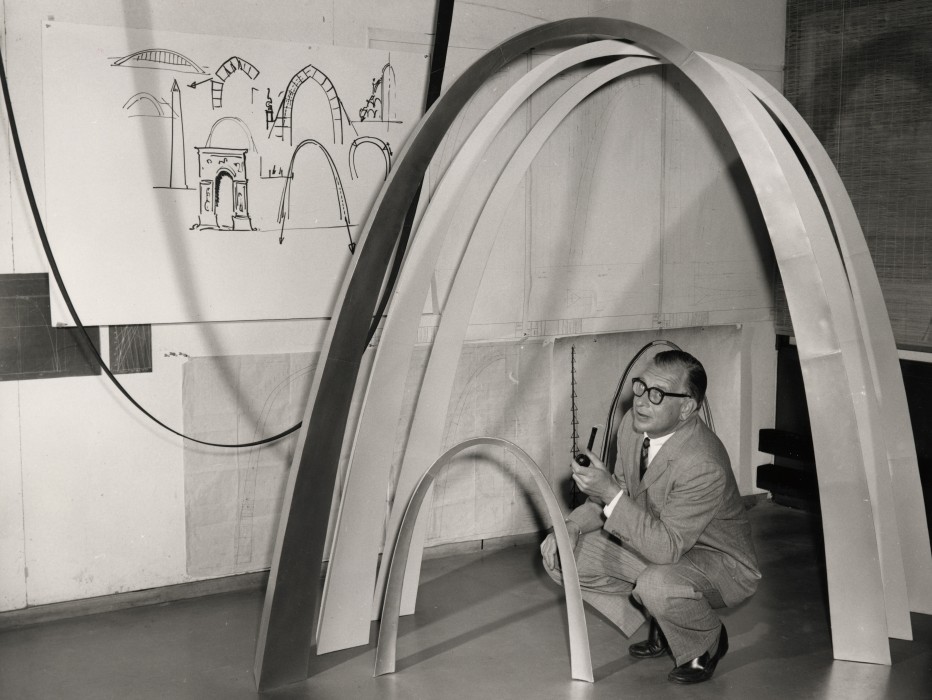
Always design a thing by considering it in its next larger context—a chair in a room, a room in a house, a house in an environment, an environment in the plan of a city. (E. Saarinen)
Articolo a cura di:
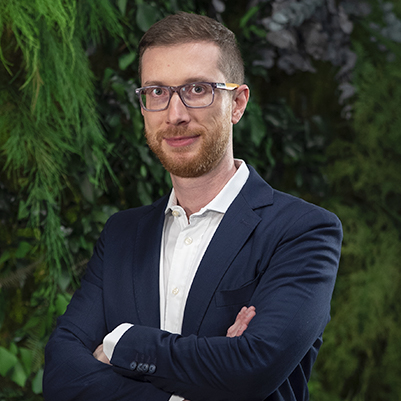
Gabriele Colombo
Know How & People Development
He has developed his skills especially in the field of innovation according to the logic of design driven by applying the concepts in the area of research and development in companies of international character. He was responsible for the definition, planning and execution of research and consultancy programmes related to the world of innovation and continuous improvement; His experience is added to the role of teacher of Project Management and Innovation Management in courses dedicated to business executives at the School of Management of the Politecnico di Milano.
Partner of Lenovys since 2021.
Read more
Prossimi eventi




